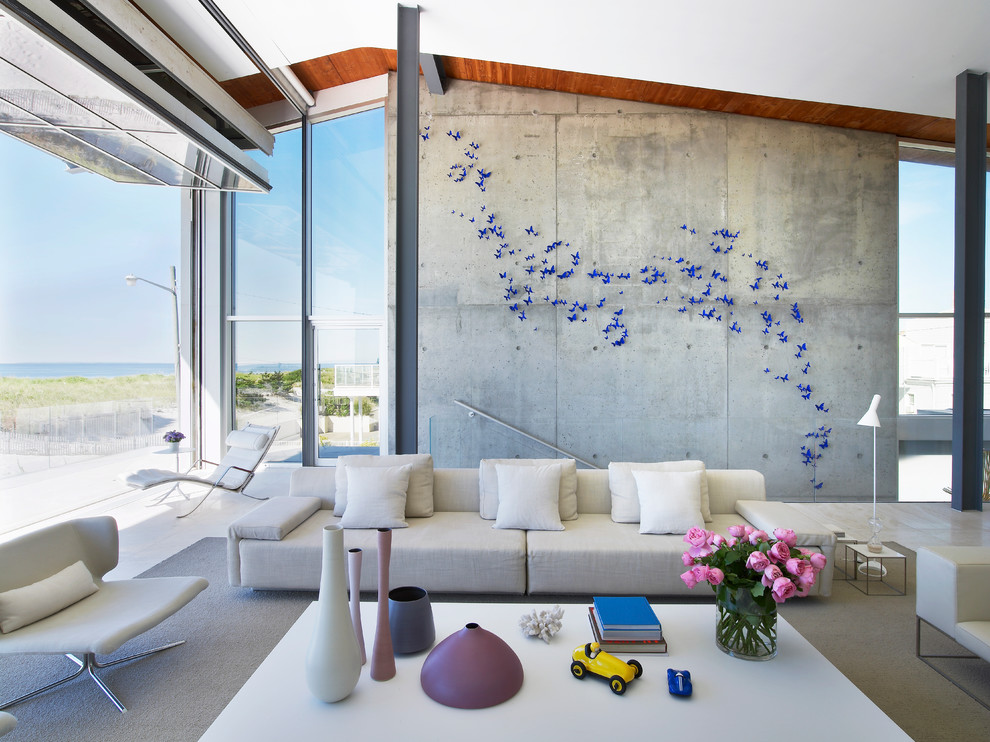Modern home interior design is continuously evolving, and the latest trends reflect a growing desire for spaces that are not only aesthetically pleasing but also functional and mindful. The concept of minimalism, once defined by stark, empty spaces and monochromatic color schemes, has undergone a significant transformation. Today’s minimalism is warm, inviting, and thoughtfully curated, blending simplicity with subtle sophistication to create spaces that feel both personal and practical. One of the most prominent trends in modern minimalism is the integration of natural elements. Homeowners and designers are increasingly incorporating organic materials such as wood, stone, and linen into their interiors. These materials bring warmth and texture to a space, balancing the clean lines and uncluttered aesthetics traditionally associated with minimalism. For example, a living room may feature a sleek, low-profile sofa paired with a rustic wooden coffee table and soft woolen rugs. The result is a harmonious blend of nature and design that feels grounded and serene.

Color palettes in modern minimalist homes are also evolving. While white and neutral tones remain popular, there is a growing trend towards the use of soft, muted colors like sage green, dusty rose, and warm beige. These colors add depth and personality to a space without overwhelming it. Accent pieces in richer tones, such as deep navy or terracotta, are also becoming more common, offering a striking contrast to the lighter base colors. This shift towards more nuanced color schemes allows for greater expression within the minimalist framework, making spaces feel more dynamic and less rigid. Another key aspect of modern minimalist design is the emphasis on multifunctional furniture and spaces. As urban living spaces become smaller, there is a growing need for furniture that can serve multiple purposes. For example, a dining table might double as a workspace, or a sofa might include hidden storage compartments. This trend reflects a broader shift towards thoughtful living, where every item in a home has a purpose and contributes to the overall functionality of the space. This approach not only maximizes the utility of smaller spaces but also reinforces the minimalist principle of living with less, focusing on quality over quantity.
Sustainability is another driving force in the evolution of minimalism. Many homeowners are seeking out eco-friendly materials and energy-efficient solutions for their homes. Reclaimed wood, recycled metal, and natural fibers are increasingly popular choices for furniture and decor. Additionally, the integration of smart home technology, such as energy-saving lighting systems and smart thermostats, aligns with the minimalist ethos by reducing waste and promoting efficiency. SPMD have sustainable approach to design is not only environmentally responsible but also enhances the longevity and durability of the home, making it a wise investment for the future. Finally, the concept of minimalism has expanded to include a greater focus on personal well-being. This is reflected in the growing popularity of wellness spaces within the home, such as meditation corners, home gyms, and spa-like bathrooms. These spaces are designed to be calming and rejuvenating, providing a sanctuary from the stresses of daily life. The use of natural light, calming colors, and organic materials in these areas further enhances the sense of peace and tranquility.